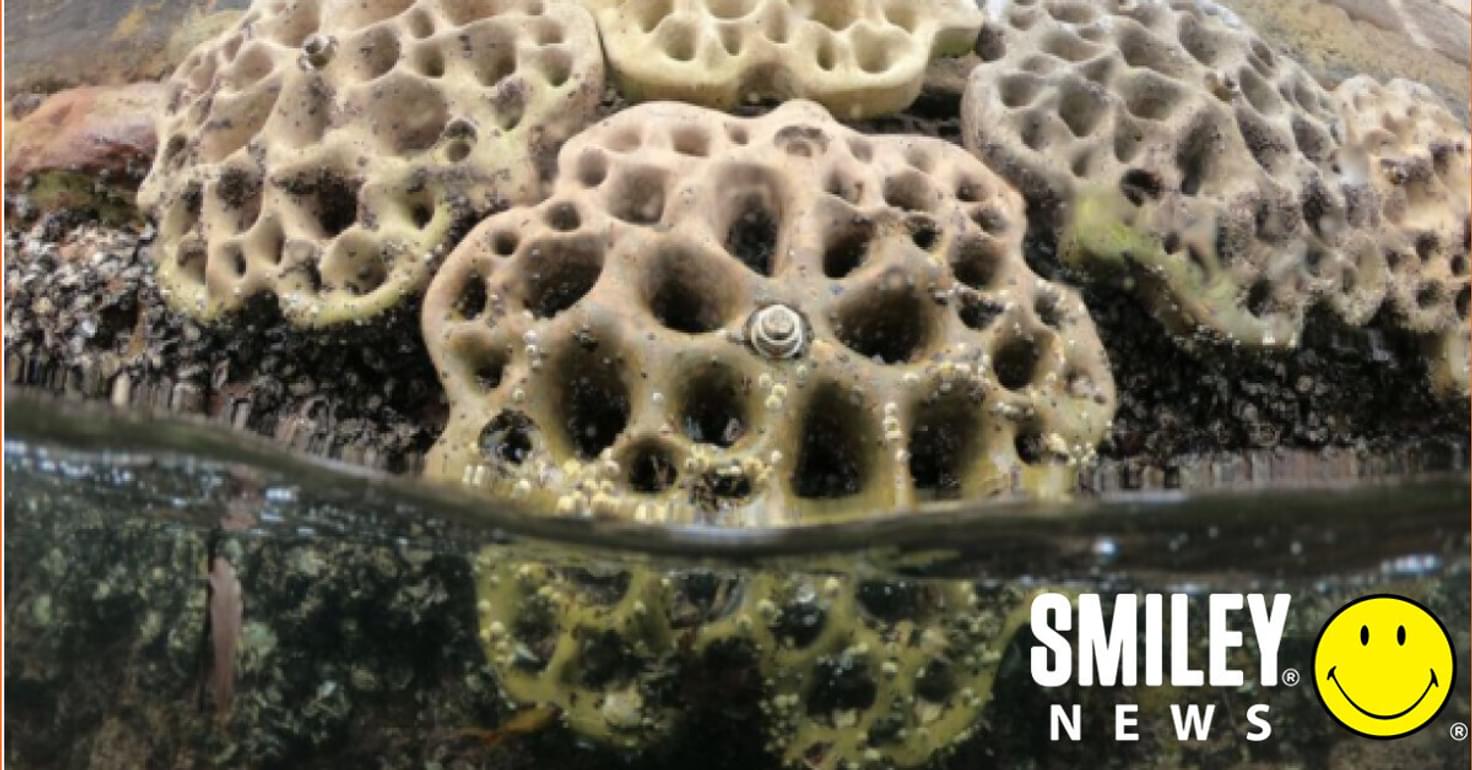
Words by Smiley Team
You’ve probably heard of living walls before, with foliage climbing up the side of buildings that would otherwise be barren concrete and cement. But have you heard of living sea walls?
Just like plants help clean polluted city air, seaweed and shellfish help purify sea water. And this is why a group of Australian researchers from the Sydney Institute of Marine Science (SIMS) launched a project called Living Seawalls.
Dedicated to rewilding harbours and other built areas of the coastline, the initiative was shortlisted from over 750 nominations, for the Earthshot Prize, a global environmental award backed by Prince William.
[Read more good news stories about the initiatives driving positive change around the world]
“It's absolutely amazing for the team to have our work considered for the award,” said an industrial designer working on the project, Alex Goad. “It was even amazing just to be nominated because it helps validate a lot of the important research that's happened in this field over the last decade, and longer.”
While traditional man-made barriers, made with flat surfaces, are hostile to sea life, their creations create a hospitable habitat for marine life. They use recycled materials and bits of shell to create uneven panels that replicate natural rock formations. Strewn with small crevices, they offer plenty of opportunities for sea life to latch onto them, develop and thrive.
[Discover more individuals and organisations helping to protect life below water]
“I personally work closely with the project manager, Dr Maria Vozzo and the rest of the team to take the natural geometries of the habitats that we find on rocky coastlines. We replicate those with Computer Aided Design modelling and 3D printing,” explained Alex.
“Using a flexible mould, we recreate these geometries as modular panels. We're able to cast them very economically using different types of materials such as recycled materials, oyster shells, and different types of sandstone.”
Their project is constantly being developed – and if they were to win the Earthshot Prize, they would use part of the £1 million prize to replicate their work elsewhere around the world.
Alex said: “The majority of the money would go back into research, rolling out further projects in multiple cities around the world and educational programmes to encourage and inspire others to create living seawalls locally in communities and schools around the world.”
To support their work, donate here.
Find further information at livingseawalls.com.au.